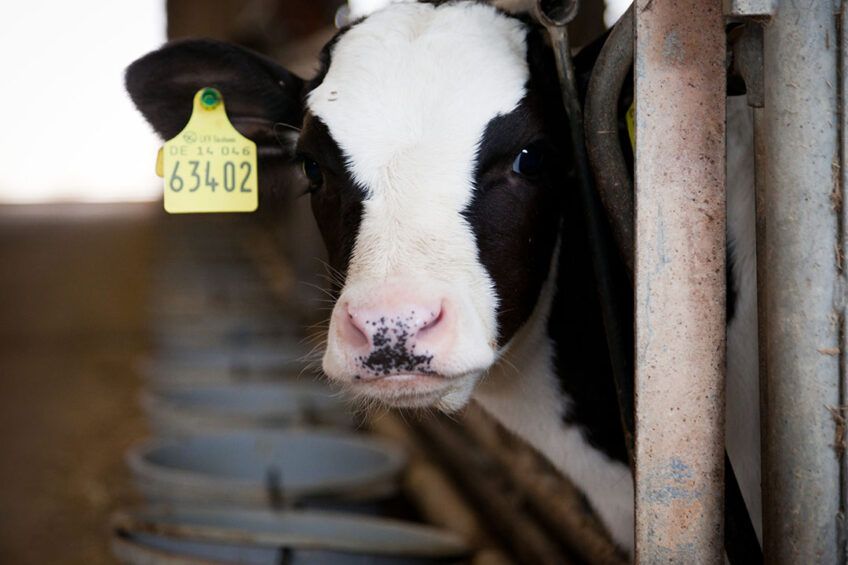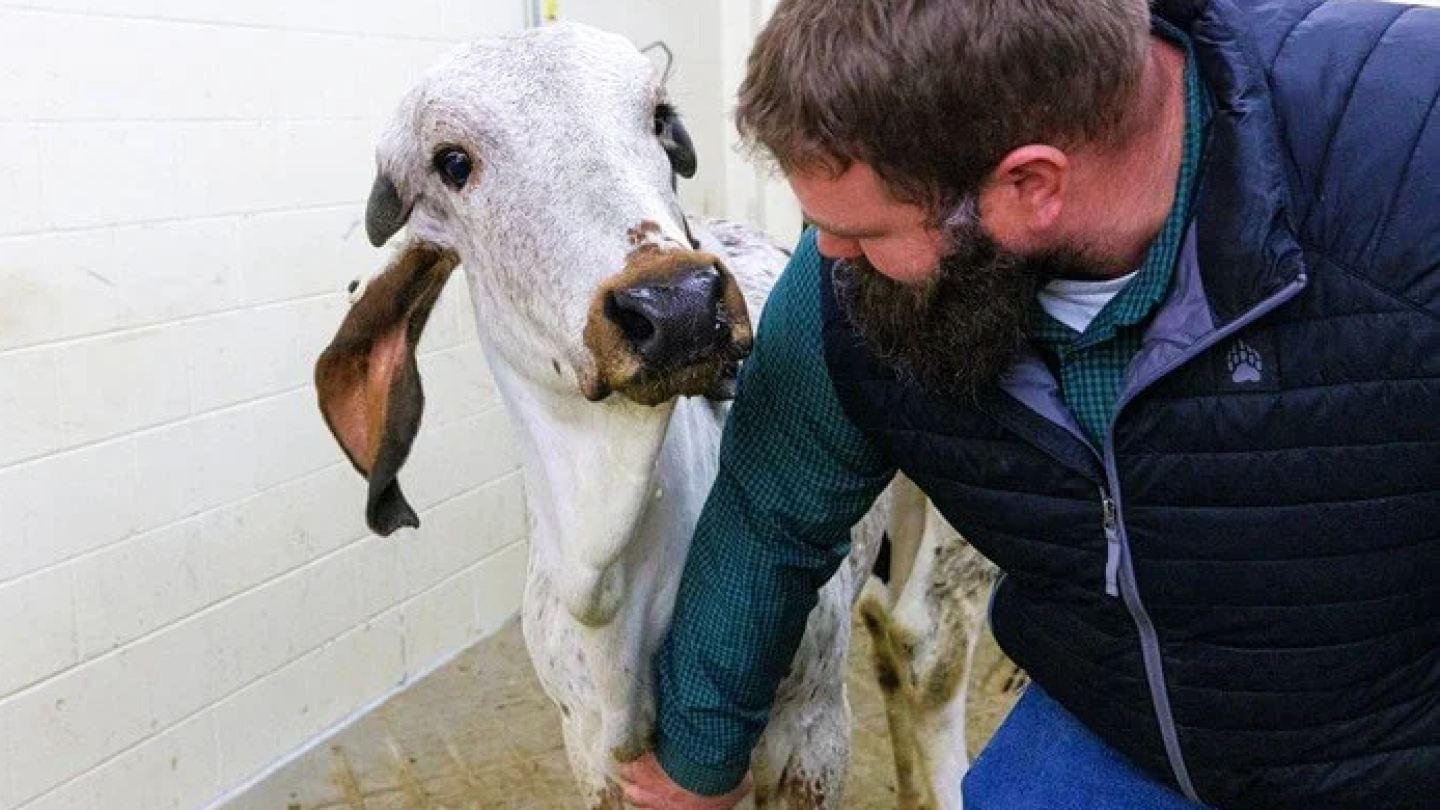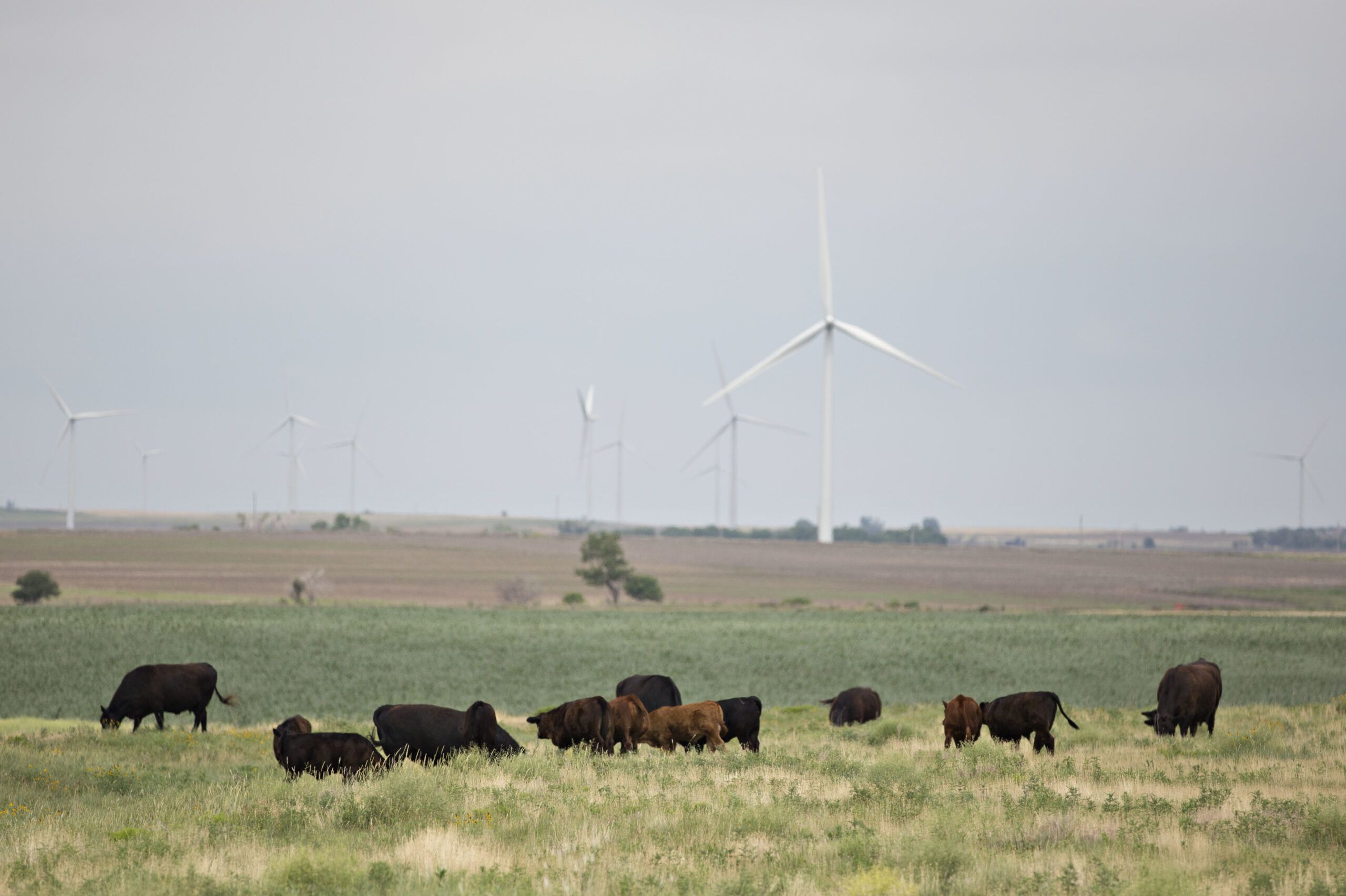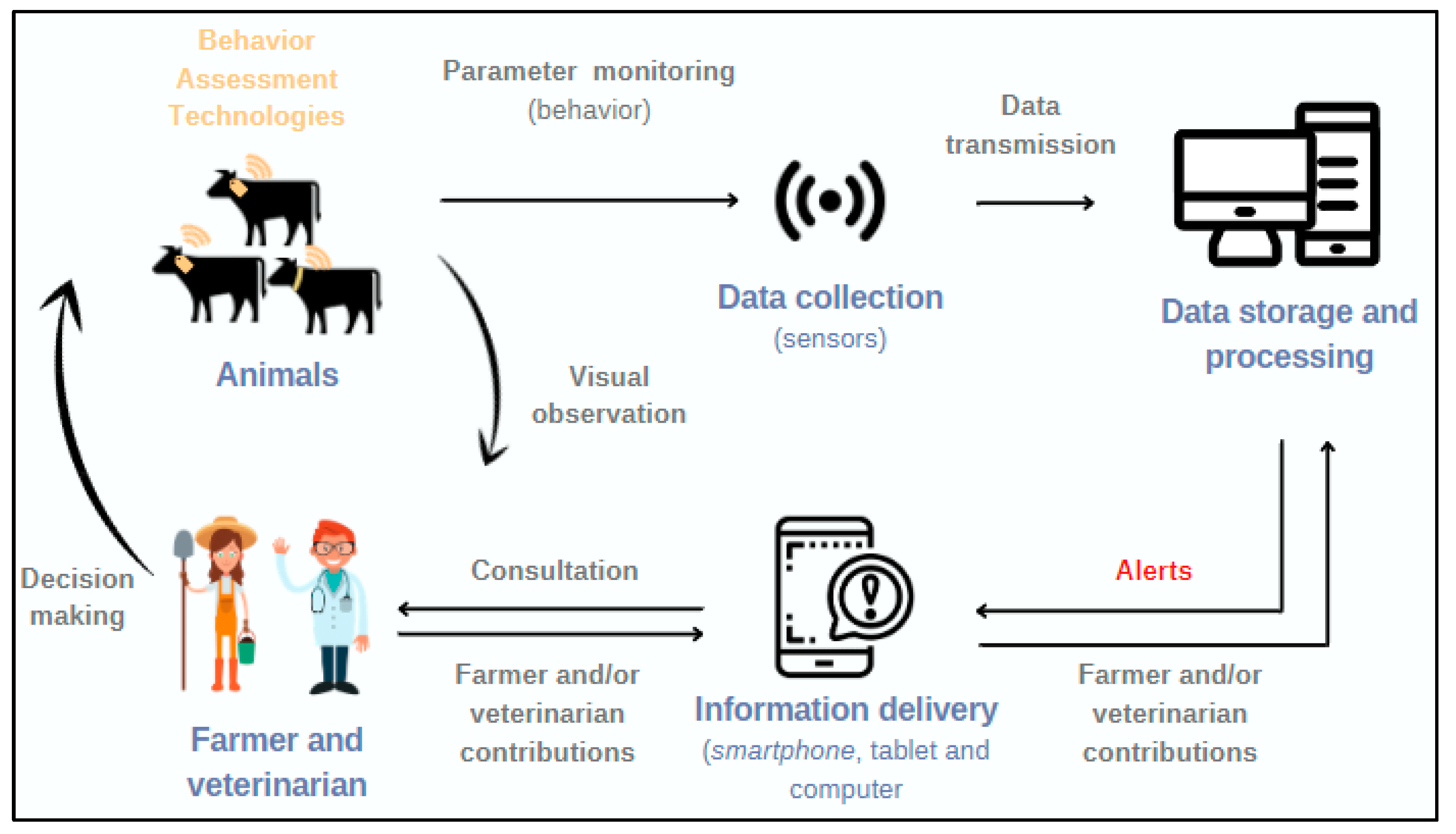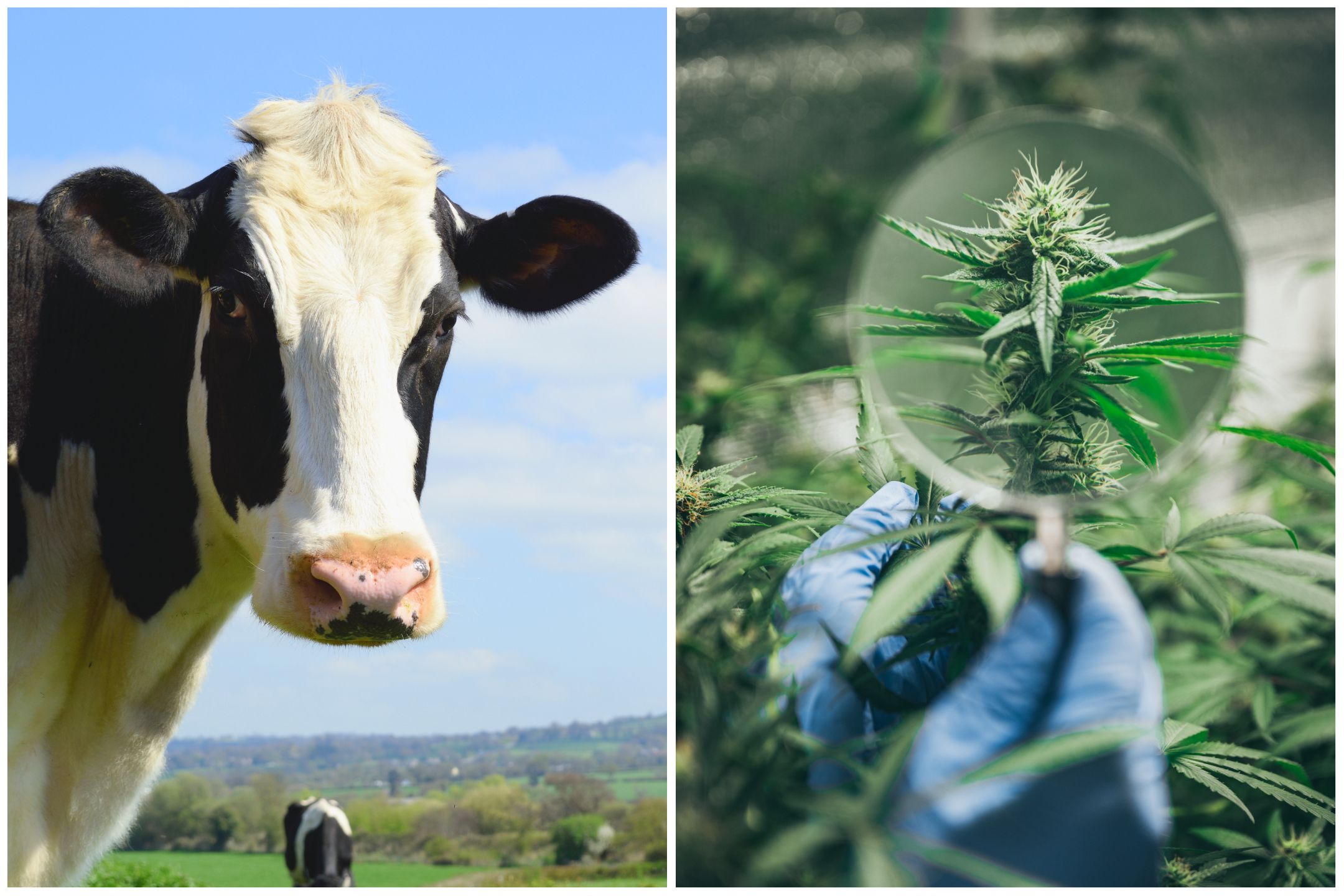Environmental and dam risks of Johne’s Disease
Johne’s Disease or paratuberculosis is a chronic disease of ruminants which is responsible for large economic losses in the dairy sector. The disease is caused by Mycobacterium avium subspecies paratuberculosis (MAP), which typically infects calves that remain latently infected during a long period, making early detection of infection especially challenging. Cow-to-calf transmission can occur in-utero via milk/colostrum or faecal-orally, so understanding the different transmission routes to calves is important in informing control recommendations. The aim of a longitudinal study carried out by researchers at the Royal Veterinary College was to measure the association between the transmission routes via the dam and the environment on a calf that subsequently tested serologically positive for MAP. The study comprised of 439 UK dairy calves from 6 herds enrolled between 2012 and 2013. These calves were followed from birth until 2023. Individual calf data was captured at birth. During follow-up, individuals entering the milking herd were quarterly tested for the presence of MAP antibodies using milk ELISA. Cox regression models were used to measure the association between exposure from the dam (in-utero and/or colostrum) or from the environment (long time in dirty yard) and time to first detection of MAP infection. In conclusion, the researchers found that: 1) Map infection risk is partly driven by the dam’s infection status. 2) Calves from infected dams have higher MAP infection risk, regardless of the dam’s test status at calving. 3) Spending prolonged time in a dirty yard increases the risk of MAP infection. 4) The dam’s impact on MAP risk extends beyond colostrum transmission. 5) MAP persistence in commercial dairy herds results from a combination of dam-related and environment-related factors.
